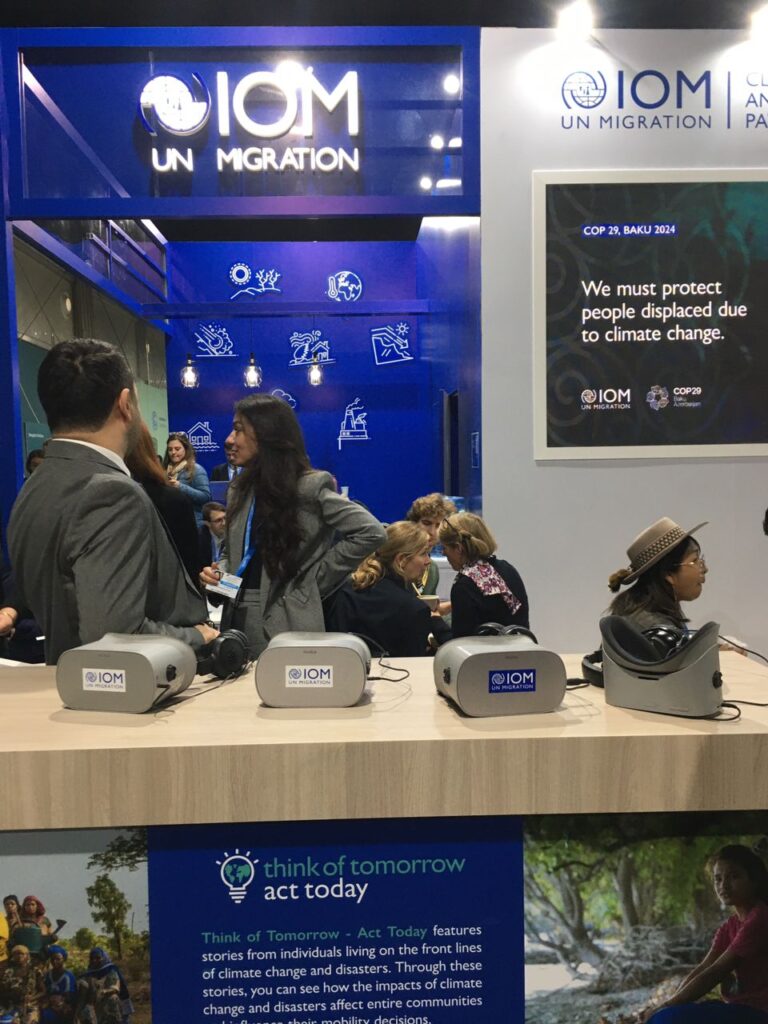
Collaboration for Sustainable Development: Bridging STEM and Development Sectors
Introduction
One of the pressing global issues we all know of is sustainable development. This itself needs innovative and interdisciplinary approaches to solving it. Effective strategies to achieve sustainable development goals (SDGs) are through collaboration between various sectors, including education, research, policy, and practice. According to the Institute for STEM Education and Research, in the past decade, STEM education has become one of the largest reform movements in K-12 education. This blog post explores the importance of multi-stakeholder collaboration in bridging STEM (Science, Technology, Engineering, and Mathematics) and development sectors. We will highlight successful partnerships and discuss opportunities for future collaborations.
Importance of Multi-Stakeholder Collaboration
Having multi-stakeholder engagement, collaboration, and monitoring, you will be able to identify and prioritize environmental and social issues that must be addressed, as well as develop solutions that meet their needs. Additionally, stakeholders can serve as a powerful force for change within an organization. They can help to raise awareness of sustainability issues and encourage others to get involved in the effort. Successful collaboration enhances communication and builds relationships. This helps overcome stereotypes and can increase social cohesion. It enables fundamental transformation to achieve goals connected to SDGs.
Sustainable development issues are complex and multifaceted, it integrates diverse expertise by bringing together different perspectives and expertise like educators, researchers, policymakers, etc ensuring that solutions are not only scientifically sound but also socially, economically, and politically feasible.
Examples of Successful Partnerships
There are several successful partnerships that tackle sustainable development issues. Here are some listed;
- The European Circular Economy Stakeholder Platform: A joint initiative by the European Commission and the European Economic and Social Committee whose aim is to promote the transition to a circular economy by facilitating policy dialogue among stakeholders, by disseminating, good practices, strategies, and voluntary commitments, and by providing information on the circular economy and related activities. Identifying social, economic, and cultural barriers (such as social, economic, and cultural) to the transition towards a circular economy with the intention of informing policy at all levels of governance.
- The Sustainable Development Solutions Network (SDSN): This is a non-profit created in 2012 by the United Nations to promote the 17 Sustainable Development Goals at national and international levels. They aim to mobilize global scientific and technological expertise to promote practical problem-solving for sustainable development and implement the Sustainable Development Goals (SDGs). it fosters collaboration among universities, research centers, and development organizations to address regional and global challenges. As of 2022, the SDSN has over 1,700 members in 50 networks across 144 countries, with offices in New York, Paris, and Kuala Lumpur.
- The United Nations Partnership for Action on Green Economy (PAGE): This puts sustainability at the heart of economic policymaking. The partnership brings together five United Nations agencies; UNEP, UNDP, ILO, UNIDO, and UNITAR, whose expertise and support assist and lead partner countries towards their transition to an Inclusive Green Economy (IGE) by providing policy advice, assessments, capacity building and analytical tools outputs. It collaborates with national governments, academia, and the private sector to promote policies and practices that align economic growth with environmental sustainability and social inclusion.
Opportunities for Future Collaborations and How to Get Involved
Opportunities for Future Collaborations
- Interdisciplinary Workforce: Social responsibility is crucial in addressing climate change and achieving UN SDGs. Engineers, like architects and civil engineers, must collaborate holistically to develop sustainable solutions. The humanities play a significant role in educating others about the impact of climate change on communities. Collaborating with sociologists and engineers can help understand the impact of their work on communities and achieve SDGs. Integrating social sciences into STEM education is essential for effective communication and collaboration.
- Interdisciplinary Curriculum: Including collaboration among multiple disciplines in STEM curriculums can enhance students’ understanding of sustainable solutions and ethical conduct. By working with diverse STEM fields, students gain practical experience in real-world projects. For example, teaching ethics in engineering education, as outlined in the National Society of Professional Engineers Code of Ethics, is crucial for future professionals. This approach benefits STEM graduates in their professional careers.
- Community Engagement Programs: To achieve sustainable development, community involvement is crucial, ensuring that projects align with local needs and aspirations while promoting environmental conservation and social equity. Involving community members in the planning, decision-making, and implementation of sustainable development projects can increase their effectiveness and generate long-term benefits.
- Interdisciplinary Research Initiatives: Educators, organizations, and universities can together with research institutions establish interdisciplinary research centers focused on sustainable development. They can bring different STEM and development sectors and conduct joint research work, develop innovative technologies and solutions, and recommend policies.
How to Get Involved
We can get involved in the sustainable development process and contribute our efforts by joining professional networks such as the Global STEM Alliance or the Sustainable Development Solutions Network to become a member and grow professionally, or volunteer in the change toward sustainable development with STEM. Attending conferences and workshops programs on sustainable development and STEM helps to stay updated on trends and build connections and engaging in joint research initiatives that can lead to innovative solutions and impactful outcomes.
Conclusion
Working together between STEM and development fields plays a key role in reaching sustainable development targets. When we bring together different kinds of know-how, come up with new ideas, and build skills, teamwork across groups can move the needle on world problems. Successful team-ups, like SDSN and PAGE, show what joining forces can do. Looking ahead, chances to mix different fields of study, get businesses and governments to work together, and get communities involved to offer promising ways to team up even more. By jumping into these projects, teachers, scientists, decision-makers, and hands-on workers can help create a future that’s more sustainable and fair for everyone.